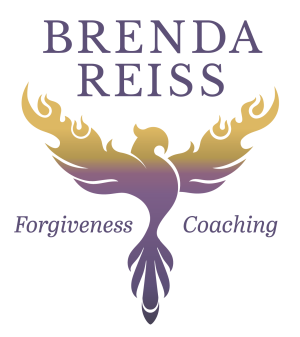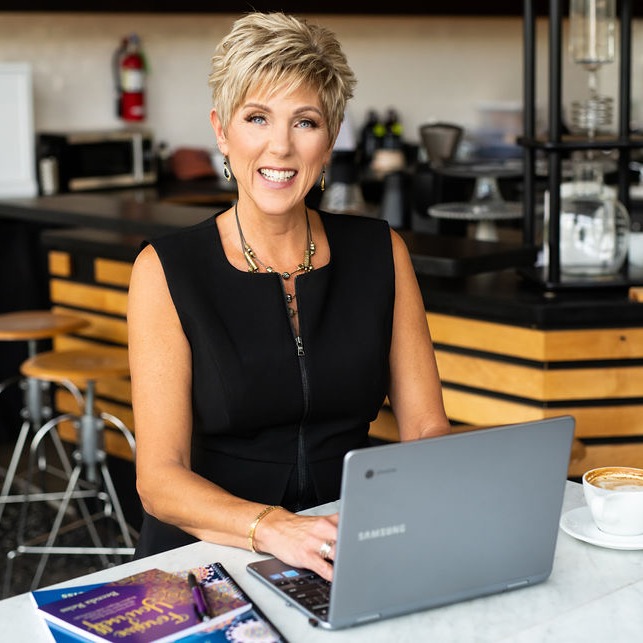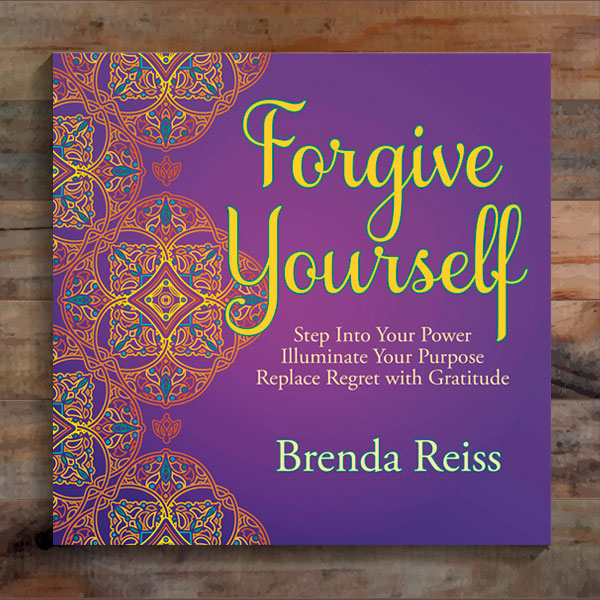You told yourself it would be different this time.
The relationship started with passion, excitement, and connection. They said the right things. It felt like a fresh start. You were hopeful, finally, someone who gets you.
Now, you’re feeling that familiar pit in your stomach. The miscommunications, the emotional highs and lows, the silent treatment, the walking on eggshells, it’s all coming back. And you’re left wondering:
“How did I end up here again?”
If this resonates, you’re not alone. Many strong, self-aware women find themselves in the same painful relationship patterns over and over again, not because they’re broken, but because their inner world is repeating what it learned long ago.
The good news? Awareness is the first step to breaking the cycle.
Let’s explore five clear signs you’re caught in a toxic relationship loop, and how to begin rewriting your story.
What Is a Toxic Relationship Cycle?
A toxic relationship cycle is a recurring pattern of emotional unhealthiness that keeps you stuck in relationships that drain your self-worth rather than support your growth.
These patterns are often deeply ingrained and emotionally familiar, making them feel normal, even when they’re harmful. They’re usually rooted in unresolved wounds from childhood, trauma, or early experiences where love was tied to pain, inconsistency, or neglect.
Without awareness and healing, we often unconsciously recreate these patterns, either by choosing similar partners or by playing out the same roles over and over again.
Sign #1: You’re Always the One Doing the Emotional Labor
In every relationship, someone needs to take responsibility for communication, emotional safety, and working through problems. But if that person is always you, it’s a red flag.
Ask yourself:
- Are you always initiating the hard conversations?
- Do you constantly try to “fix” things when your partner shuts down?
- Do you feel like it’s your job to manage their moods, triggers, or insecurities?
This pattern of emotional over-functioning is common among women who grew up in environments where love meant caretaking, pleasing, or walking on eggshells. You may have learned early on that your value comes from being the one who holds everything together.
In healthy love, responsibility is mutual. You’re not supposed to carry the emotional weight of two people.
Sign #2: Chaos Feels More Familiar Than Peace
Do you find yourself feeling anxious when things are “too good”? Do calm, consistent partners bore you? Are you more drawn to the intensity of drama than the reliability of security?
If so, you may be associating emotional chaos with love.
This is often a result of growing up in environments where love was inconsistent, unpredictable, or conditional. As adults, we unconsciously seek out those same emotional roller coasters, because they’re what we know.
The problem? That adrenaline-fueled chemistry you feel isn’t always connection. Sometimes, it’s your nervous system responding to danger signals it recognizes from past experiences.
If you’re mistaking anxiety for attraction, it’s time to pause and ask: Is this excitement—or is it my trauma being triggered?
Sign #3: You Keep Ignoring Red Flags Because You See “Potential”
You believe in people. You see the good in them. You hold onto the idea that if they just healed, if they just tried a little harder, things could be amazing.
Sound familiar?
While compassion is a beautiful trait, when it causes you to ignore your own boundaries, needs, or intuition, it becomes self-abandonment.
Toxic relationship cycles often include a savior complex—where you become the fixer, the one who “just loves them enough” to make them change. But here’s the truth:
You can’t love someone into being who they’re not ready to be.
Every time you stay for their potential, you abandon your reality.
Healthy relationships aren’t built on “what ifs.” They’re built on mutual growth, honesty, and consistent behavior in the present.
Sign #4: You Shrink Yourself to Keep the Peace
You start out strong, opinionated, confident, fully expressed. But over time, you begin to dim your light.
- You stop voicing your needs.
- You let things slide to avoid conflict.
- You change your tone, your habits, your desires—just to keep them comfortable.
Why? Because deep down, you fear that being fully yourself might be too much.
This is a hallmark of toxic cycles: the slow erosion of your identity in exchange for someone else’s approval.
Here’s the thing: Real love doesn’t ask you to shrink. It celebrates your wholeness.
If you find yourself silencing your truth or tiptoeing around someone’s comfort zone, it’s a clear sign that the relationship is not built on mutual respect or emotional safety.
Sign #5: You Keep Ending Up in the Same Dynamic—with Different People
Different names, same story.
You meet someone new, and it starts off amazing. But eventually, it follows the same script:
- You give more than you get.
- You feel unseen, misunderstood, or manipulated.
- You wonder if you’re asking for too much.
- You finally leave, or they pull away and you’re left picking up the pieces.
This repeating loop is one of the clearest indicators of an unhealed pattern. And while it’s tempting to blame your exes, the real power lies in looking inward and asking:
What am I unconsciously believing about love—and myself—that keeps leading me here?
Often, the answer lies in your core beliefs:
- Love requires suffering.
- I have to earn affection.
- I’m only lovable when I’m needed.
- I’ll be abandoned if I’m honest.
These beliefs create your relationship blueprint. Here’s the empowering truth: you can rewrite it.
Breaking the Cycle: Where Healing Begins
Awareness alone doesn’t heal, but it does open the door to transformation.
Here’s how you start shifting out of toxic patterns and into healthy love:
1. Validate Your Experience
Stop gaslighting yourself. If something feels off, it probably is. Your emotions are messengers, not overreactions.
2. Reconnect with Your Boundaries
Boundaries aren’t about pushing people away. They’re about choosing yourself, your safety, your peace, your truth. Reaffirm what’s acceptable to you and hold firm, even if it’s uncomfortable.
3. Do the Inner Work
Toxic cycles don’t break with willpower alone. They break with healing. That might mean therapy, inner child work, journaling, or working with a coach. Healing the root allows you to stop repeating the surface-level pattern.
4. Give Yourself Permission to Start Again Differently
You don’t have to keep playing the same role in your relationships. You don’t owe anyone access to you just because of history. You’re allowed to grow—and to choose partners who grow with you.
5. Practice Choosing Peace Over Pattern
It might feel boring at first. Calm, steady love can feel unfamiliar when chaos has been your normal. But trust this: peace is not the absence of passion—it’s the presence of safety.
You Are Not Broken, You Are Becoming Aware
If you see yourself in these patterns, don’t shame yourself.
You’re not weak. You’re not foolish. You’re not doomed to repeat the same mistakes.
You’re waking up.
And waking up is the bravest thing you can do.
Every time you choose your truth over your trauma, you break a piece of the cycle.
Every time you walk away from chaos instead of chasing it, you take back your power.
Every time you love yourself enough to stop settling, you get closer to the love you actually deserve.
The pattern stops with you.
You are allowed to want more.
You are allowed to expect emotional safety.
You are allowed to be fully expressed, deeply loved, and completely respected.
You are allowed to change the story, even if you wrote the first few chapters differently.
It’s not too late. You’re not too far gone. You’re not stuck.
You are becoming.
This time, you’re choosing yourself.






0 Comments